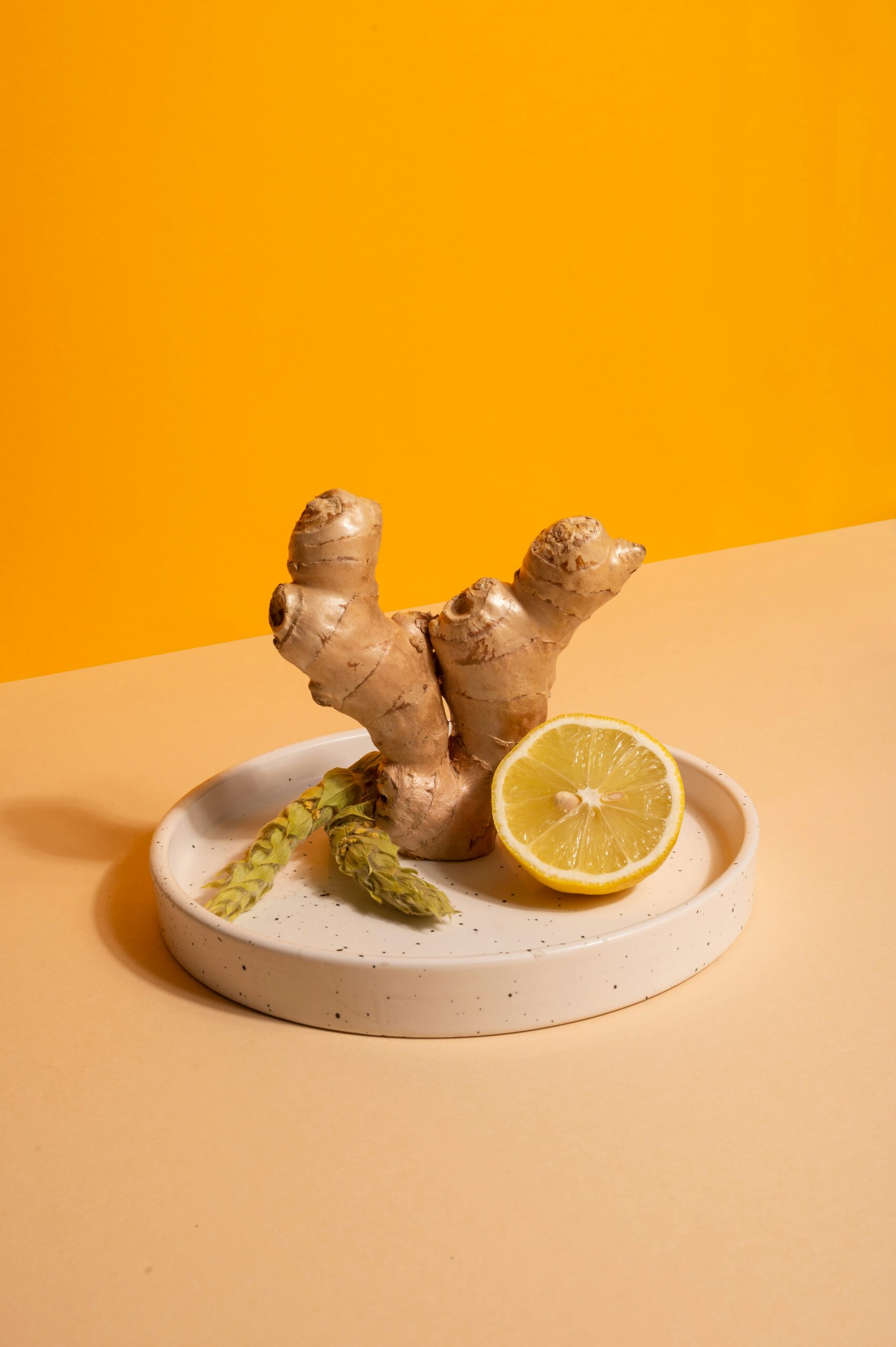Ginger is a versatile spice that brings warmth and zest to countless dishes. From Asian stir-fries to soothing teas, its bold flavor profile makes it a favorite in both savory and sweet recipes. But what makes ginger stand out among other spices?
Origin and cultivation
Ginger comes from the rhizome of the Zingiber officinale plant, which is widely believed to have originated in Southeast Asia. Alongside India, major producers include China, Indonesia, and Nigeria. The rhizome is typically harvested after 8–10 months of growth, with younger ginger delivering a milder flavor, while more mature rhizomes develop a stronger, more pungent taste. Today, ginger is widely used around the world, and is a staple ingredient in many Asian cuisines, adding a warm, slightly spicy, and aromatic flavor to dishes.
What does ginger taste like?
Ginger has a complex flavor that is both warm and peppery, with citrusy undertones. Its spiciness adds heat to dishes, while its slight sweetness balances out bold flavors.
Flavor nuances:
- Spicy, with a sharp bite that lingers on the palate.
- Warm, delivering a soothing heat that enhances savory and sweet dishes alike.
- Peppery, adding a pungent kick similar to black pepper.
- Slightly sweet, which helps to balance its spiciness in desserts and beverages.
Ginger substitutes – what can you use instead?
If you’re out of ginger, several ingredients can provide a similar flavor profile. While they may not perfectly replicate ginger’s distinctive heat and zest, they can work as suitable replacements.
- Galangal: Similar in appearance, but more piney and citrusy in flavor.
- Turmeric: Earthy and mildly bitter, with a warm undertone.
- Allspice: Offers warm spice notes with a slightly peppery kick.
- Nutmeg: Adds warmth but lacks ginger’s pungency.
Difference between fresh and dried ginger
Ginger can be used in both fresh and dried forms, each offering distinct flavors and applications. Fresh ginger is best for stir-fries, soups, and teas, where a bright, zesty flavor is needed, while dried ginger is more concentrated and spicier, making it ideal for baking and spice blends.
How to use ginger in cooking
Ginger’s adaptability makes it an essential spice in global cuisines. Whether used raw, cooked, or powdered, it enhances both savory and sweet dishes.
In savory dishes:
- Broths and soups: Adds sharpness and depth to Japanese ramen or Thai Tom Ka Gai.
- Stir-fries: Often used in frying or tempering, adding a pungent flavor to Asian stir-fries.
- Meat stews: A key ingredient in meat dishes, especially lamb or goat, for its sharp flavor.
In sweet foods and drinks:
- Gingerbread and baked goods: Essential in cakes, cookies, and muffins.
- Tea and beverages: Adds warmth to teas, smoothies, and cocktails.
- Syrups and preserves: Infused into syrups and jams for a spicy-sweet flavor.
- Carrot-ginger soup: A creamy, slightly spicy dish perfect for colder days
- Gingerbread bundt cake: A classic spiced cake with a rich aroma
- Honey-ginger glazed salmon: A flavorful combination of sweetness and spice
Cooking tips:
- ✔ Fresh ginger is more pungent than dried; adjust quantities accordingly.
- ✔ Keep fresh ginger in the fridge or freeze for longer shelf life.
- ✔ Complements garlic, cinnamon, citrus, and honey.
- ✔ Peel fresh ginger before use for a smoother texture in dishes.
Where can you buy ginger?
Ginger is widely available in grocery stores, spice markets, and online. Look for firm, unwrinkled roots for the freshest quality. Ground ginger should be vibrant in color and free from additives.
Why ginger deserves a place in your kitchen
Ginger’s bold flavor, culinary versatility, and warming properties make it indispensable in the kitchen. Whether enhancing savory meals, baked goods, or beverages, it offers both taste and function in cooking.


